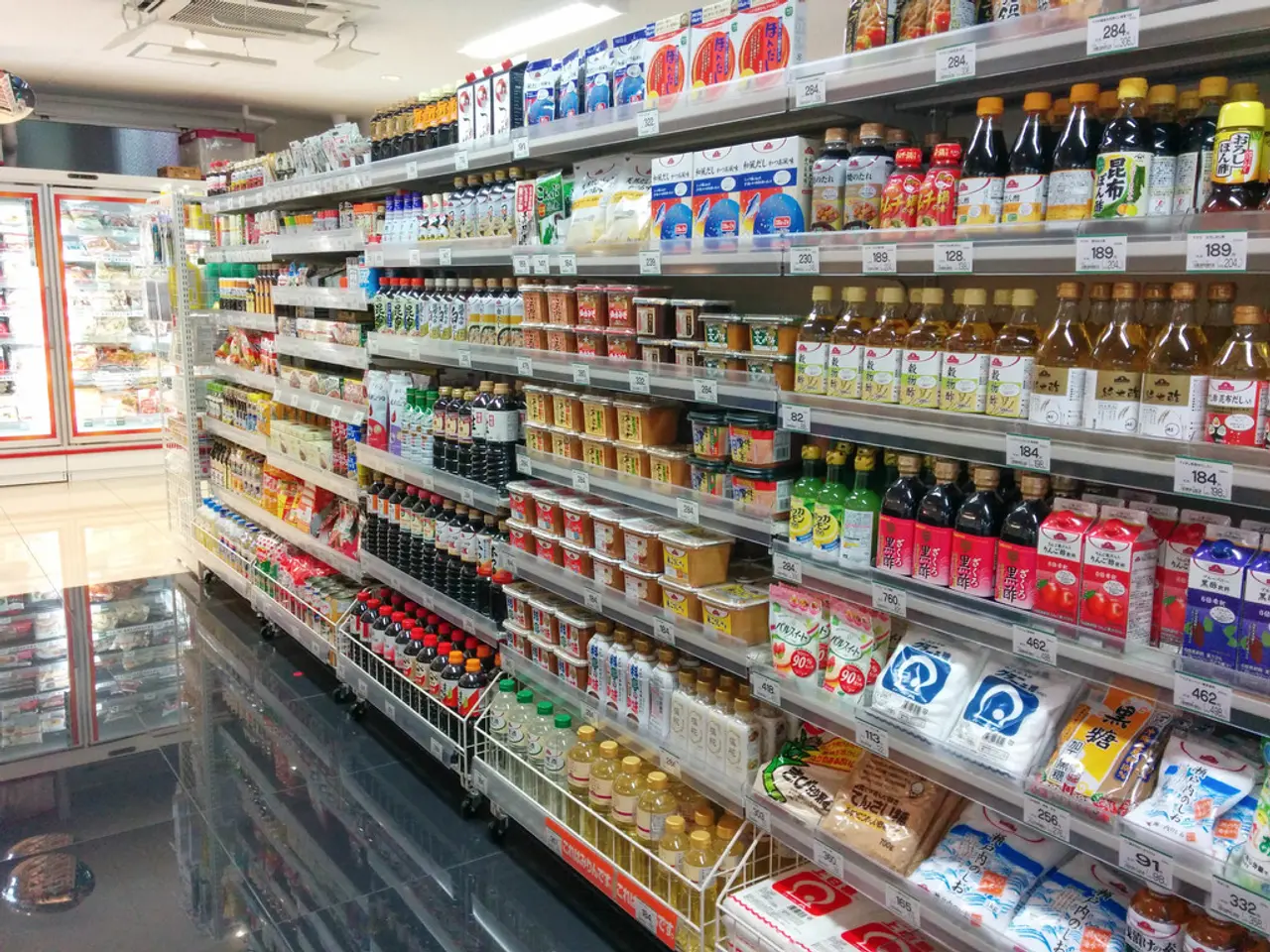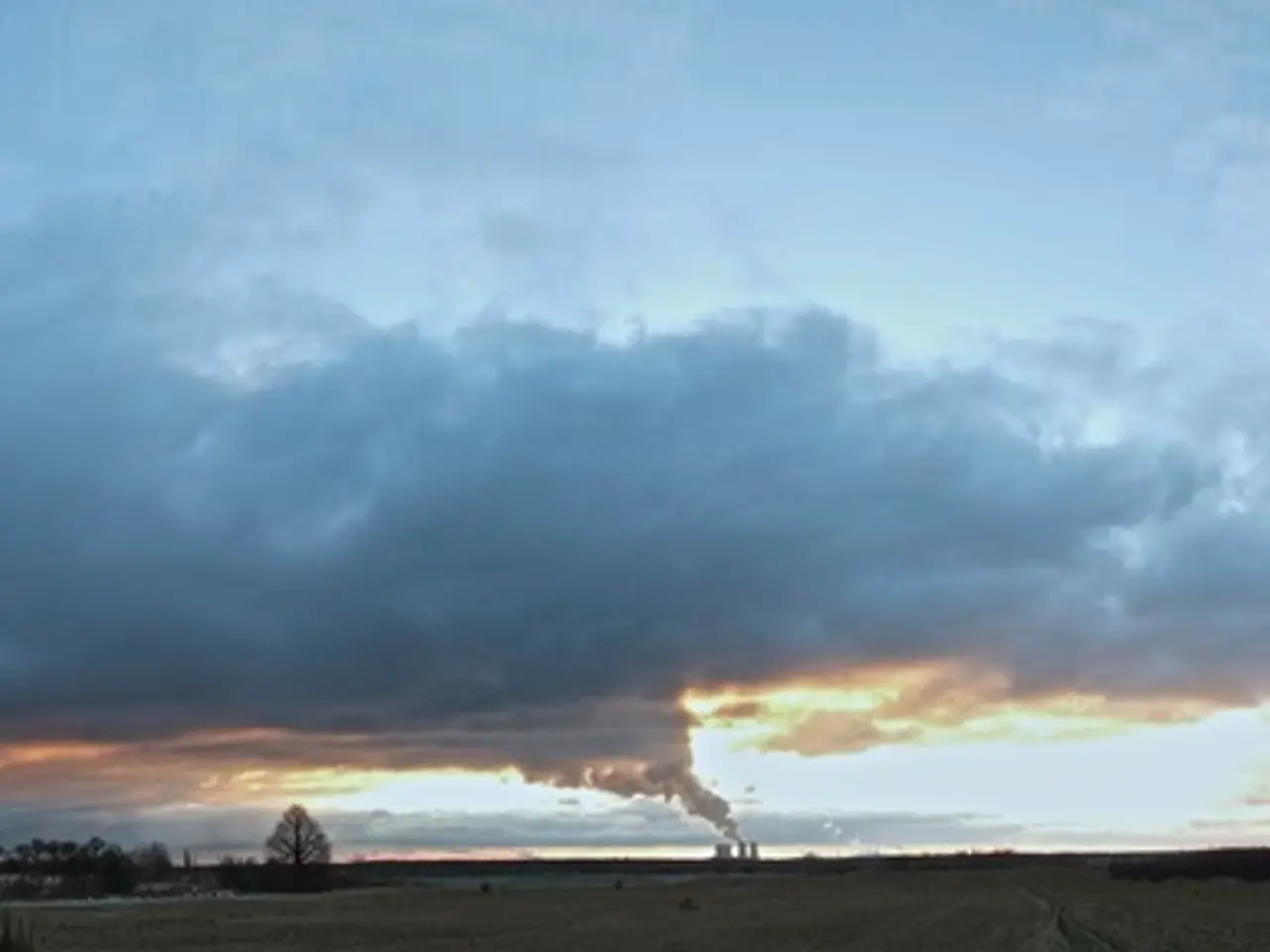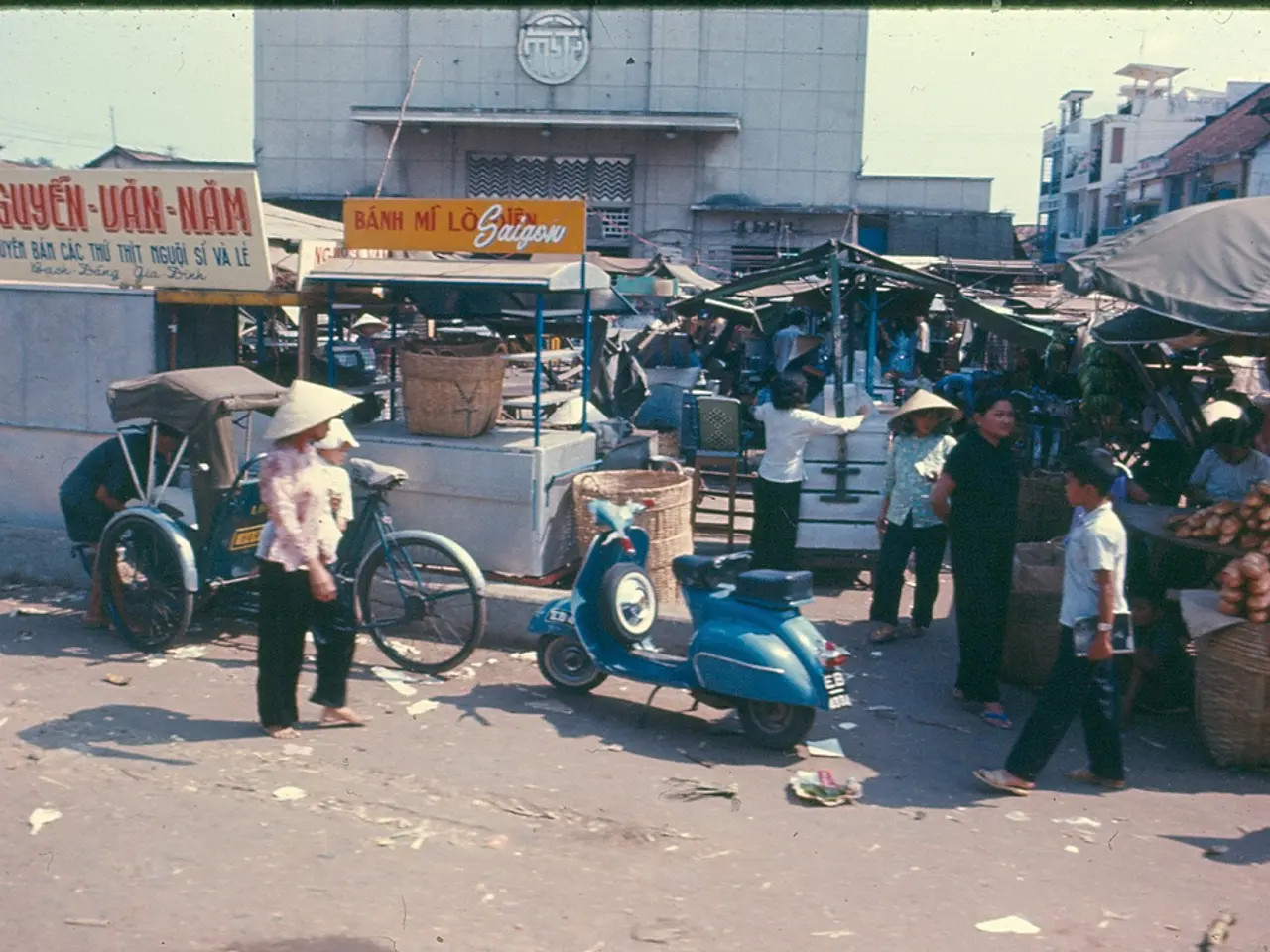Aftershocks May Trigger Additional Tsunamis, According to GFZ Potsdam - Subsequent earthquakes may lead to more flooding, according to GFZ Potsdam.
In the early hours of the day, a tsunami wave over one meter high hit Japan's Pacific coast, prompting immediate concerns about the potential for more tsunamis in the Pacific region. The cause of this tsunami activity is the aftershocks following the 8.8 magnitude earthquake off the Russian peninsula of Kamchatka, which is one of the strongest earthquakes recorded in the past 15 years.
The aftershocks, some reaching a magnitude of 7.5 or higher, indicate ongoing tectonic instability and the possibility of additional large seismic events. These aftershocks can displace the seafloor again, generating further tsunami waves that threaten coastal areas around the Pacific, including Russia, Japan, Hawaii, and other Pacific coastal regions.
Experts have emphasized that tsunamis often come in multiple waves, and aftershocks can cause subsequent larger waves even after the initial tsunami hits. The persistence of strong aftershocks, the ability of aftershocks to trigger further seafloor displacement and tsunami generation, and the occurrence of multiple tsunami waves following major seismic events all contribute to the ongoing risk of new and potentially more dangerous tsunamis following the initial event.
The GFZ Helmholtz Centre for Geosciences in Potsdam has estimated that tsunamis around the Pacific coasts will reach their destinations today. The first waves up to one meter high have already been reported in Hawaii, according to Charlotte Krawczyk, director of the geophysics department at GFZ Potsdam. Tsunami warnings have also been issued for the Philippines, Indonesia, the west coasts of the USA and Canada, as well as the Pacific coasts of Latin American countries.
Krawczyk emphasized that even if the tsunami waves remain relatively low throughout the day, it does not necessarily mean all clear. She urged everyone to keep an eye on the situation and be prepared for potential further developments.
It is essential to note that the aftershocks’ seismic energy release maintains Pacific-wide tsunami risk until tectonic stresses stabilize. The continued aftershocks suggest the fault is still active and could yield further strong seismic activity capable of producing additional tsunami waves.
In summary, the potential for aftershocks to create more tsunamis arises from the persistence of strong aftershocks, the ability of aftershocks to trigger further seafloor displacement and tsunami generation, and the occurrence of multiple tsunami waves following major seismic events. The ongoing seismic activity raises the risk of new and potentially more dangerous tsunamis following the initial event.
- The ongoing seismic activity due to the aftershocks could also have potential implications for other fields, such as science, particularly in the areas of medical-conditions related to radiation due to the displacement of the seafloor.
- In general-news, the Commission has also adopted a proposal for a directive on the protection of workers from the risks related to exposure to ionizing radiation, emphasizing the importance of environmental-science and space-and-astronomy as they expand our understanding of nuclear processes and the impact of radiation exposure.
- Despite the immediate concerns about the potential for more tsunamis in the Pacific region, the weather forecast for the next few days in most of the affected coastal areas is expected to remain clear, allowing for accurate predictions and appropriate warnings to be issued.








